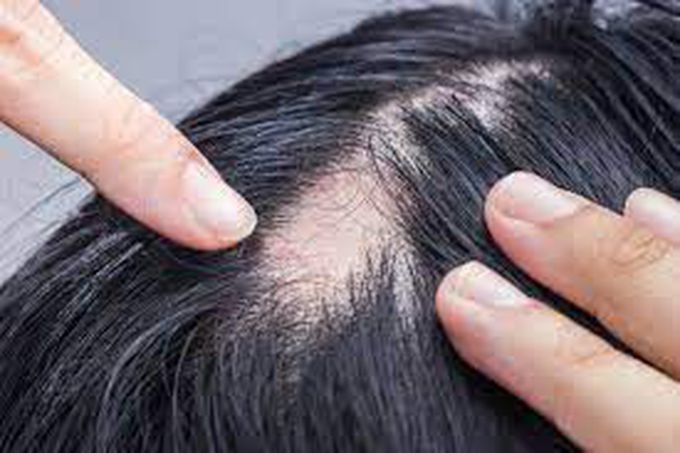


How is alopecia areata managed?
Treatment options include: Corticosteroids: Anti-inflammatory drugs are often used to treat autoimmune diseases. Corticosteroids are injected into your scalp or other areas, taken orally as a pill or applied topically (rubbed into your skin) as an ointment, cream or foam. Your body’s response to corticosteroids may be slow. Some side effects include increased appetite, weight gain, changes in mood and blurred vision. Minoxidil (Rogaine®): Minoxidil is a topical drug that treats male and female pattern baldness. It usually takes about 12 weeks of treatment before your hair begins to grow. Some side effects include headache, scalp irritation and unusual hair growth. Phototherapy: Phototherapy uses ultraviolet light from special lamps. Your healthcare provider may use a drug called psoralen combined with ultraviolet A (PUVA) or ultraviolet B (PUVB). The ultraviolet light waves in phototherapy can help certain skin and nail disorders, including alopecia areata. Platelet-rich plasma: A healthcare provider removes blood from your body, processes it and then injects it into your scalp to stimulate hair growth. Some side effects may include scalp pain and irritation, dizziness, nausea and vomiting. Topical immunotherapy: Your healthcare provider rubs an allergen into your skin to create an allergic reaction (contact dermatitis), which produces hair growth. Some side effects include scalp irritation, swollen lymph nodes (lymphadenopathy), eczema and skin discoloration. Styling techniques: If your body doesn’t respond to other treatment options, you may be able to obscure or hide your hair loss with certain hairstyles, wigs or hair weaves.

